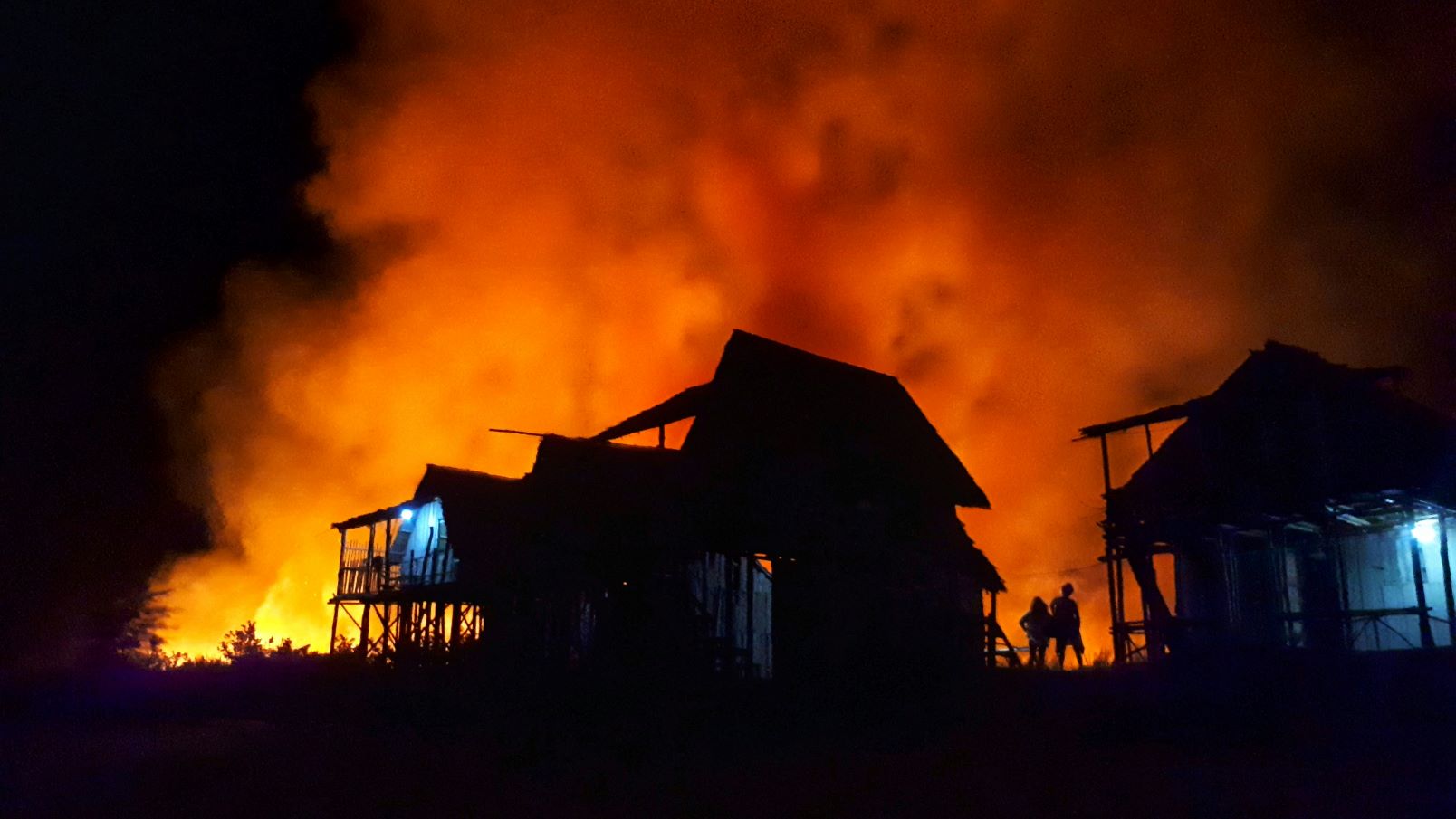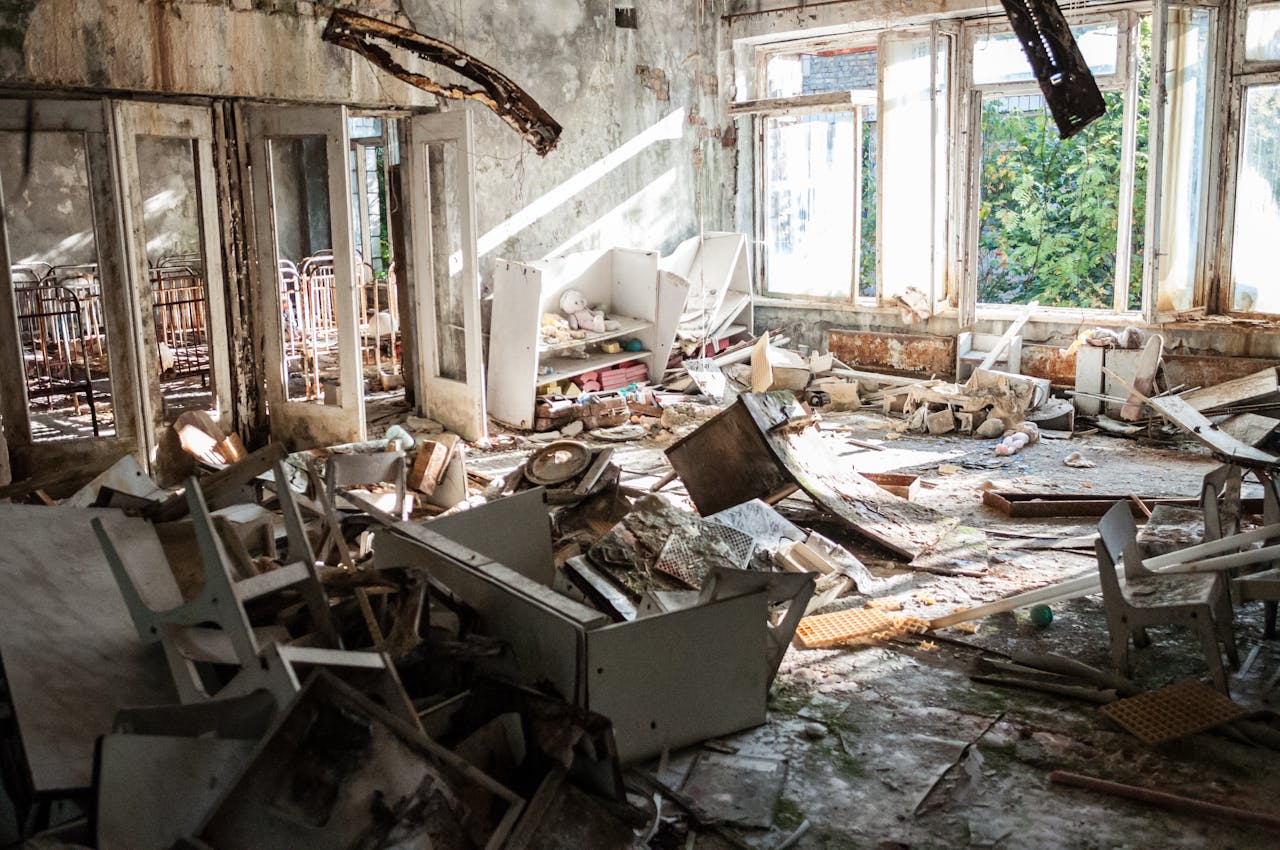Build Back Better – Infrastructure for Recovery






Good afternoon everyone!
It is a great honor for me to provide some remarks about the enormous challenge of how we must “Build Back Better” in terms of rebuilding our aging infrastructure and recovering from the pandemic that has crippled our economies.
The Pacific Northwest Building Resilience Coalition (PNBRC) is proud to be the sponsor of this session as well as being a Platinum sponsor of the 2021 PNWER Summit. This is our 5th year as a member and Platinum Sponsor of PNWER and we are grateful for the opportunity to work with the many dedicated members of this outstanding model of multi-jurisdictional collaboration.
We are also very proud to be in partnership with PNWER and the University of Victoria for the research and policy development program … the “RoadMap to Resilient, Ultra Low Energy, Zero Carbon Buildings by 2030”.
We steadfastly support the vision and activities of PNWER in uniting the efforts of two great nations in common cause to deal with the many challenges we face in today’s increasingly complex world. The partnerships and collaborations that we forge at meetings such as this are the glue that unites us in a common cause to build a better future.
Building Better Buildings and Infrastructure” is critical for the future wellbeing of millions of people worldwide. Building Better and Resilient Buildings and Infrastructure advocates for investment in our communities to construct to higher standards than current established building codes that are designed for life/safety and not automatically damage prevention.
Nothing has brought this message home more clearly than the shock we see from coverage of the recent wildland fires that have decimated communities in our western states and provinces combined with what we have experienced from the pandemic.
I don’t have to tell you about the pandemic. Every one of us has been touched in some way by either the personal loss of a loved one or has felt the economic impact of our shattered economies.
But let me speak to the other challenge we face that is of critical importance to the presentations we have seen and the mission of the Building Resilience Coalition.
Last week the United Nations Intergovernmental Panel on Climate Change (IPCC) released the findings of its massive Sixth Assessment Report.
With respect to your consideration of climate change, please allow me to read a short paragraph from that report that is focused on cities.
“Concerning climate change, urban areas and cities will be affected by the more frequent occurrence of extreme climate events, such as heatwaves, with more hot days and warm nights as well as sea-level rise and increases in tropical cyclone storm surge and rainfall intensity that will increase the probability of coastal city flooding.”
That may not be imaginable to us here in Montana, however, the report goes on to make it abundantly clear that heatwaves, forest fires, drought, failed crop yields, and decreased fish harvests will become the norm in the future.
We didn’t need the IPCC to tell us that our future is not what it used to be. We can simply look at the raging fires that have wiped out whole communities in both of our countries, or the torrential rains that have flooded many cities and overpowered the roads, bridges, and other infrastructure we once thought were fully capable of managing any calamity.
Against this backdrop, you can see why organizations like the Building Resilience Coalition are so critical to the mission to build better, safer, stronger, longer-lasting, and more resilient cities, towns and infrastructure.
Likewise, we are fully aware that the building materials we work with, and the way we build need to be accomplished through processes that dramatically reduce carbon emissions. Our members, working with some of the most advanced research facilities in the world are at the forefront of innovation in lowering the carbon footprint of the built environment.
Concrete is the most widely used building material in the world’s economy. So, it is appropriate that we start there to decarbonize, reduce emissions, build better, and build the elements of communities that can withstand the shocks of the changing climate, environmental and natural catastrophes, and future pandemics.
During June, PNBRC collaborated with PNWER to provide four key webinars focused on Achieving Resilience and Climate Targets making transparent the Cement, Concrete, and Masonry Industry’s Pathway to Carbon Neutrality – The Pathway to Resilience and Carbon Neutrality.
The webinars are available on the PNWER/Webinar webpage. If you have an interest in how industry decarbonization is progressing I highly recommend your review.
I would publicly like to thank Senator Mike Cuffe, MLA Richard Gotfried, Matt Morrison and Eric Holdeman for your inspirational opening comments and support of the series.
Sustainability principles representing Global and North American cement and concrete industries introduced the industry’s Pathway to Carbon Neutrality by 2050. What will we be building and what materials will we build with?
We discussed the circular economy that reduces waste and encourages reuse and recycles. We heard about the new technologies in the cement industry such as lower carbon blended cement.
I am happy to tell you that Portland Limestone Cement, one of those new lower GHG cement technologies, is currently available in the Northwest US and Canada and reduces the amount of CO2 by approximately 10% compared to ordinary Portland Cement. The industry is also piloting projects to implement Carbon Capture, Utilization and Storage with several recent projects in Canada and the start of one in the US.
The second webinar identifies current and future innovations of concrete such as the use of supplementary cementitious materials, in place of higher carbon products and virgin raw materials that reduce the embodied carbon content of concrete. We discussed the need to switch from prescriptive specifications to performance-based specifications to minimize cement content to the threshold that is necessary and safe to satisfy the project engineering requirements.
We also examined how concrete in the built environment is already permanently sequestering carbon through a natural process known as carbonation, therefore becoming a permanent carbon sink. Another innovation is the development of enhanced carbon capture/sequestration through the injection of CO2 into wet concrete during the batching cycle to permanently mineralize industrial captured CO2 with the aggregate.
It is important to recognize that each of these technologies does not stand alone but can be implemented in conjunction with each other to achieve carbon neutrality.
MIT Researchers discussed reducing the footprint of cement production, leveraging opportunities in concrete production and use, and identifying potential net-negative applications such as how concrete in use today contributes to GHG reduction in the future by:
- Improving auto and truck fuel economy on rigid pavements thus reducing emissions on our roads through what is technically referred to as Pavement Vehicle Interaction;
- Through the thermal mass of the building envelope for efficient heating/cooling of our buildings; and
- By the reflective characteristics of concrete known as The Albedo Effect, which creates radiative forcing and alters the GHG emissions of adjacent buildings and vehicles.
On Monday we heard former Canada Ambassador to the US Gary Doer mention that “energy efficiency has provided us with the greatest reduction in greenhouse gases to date”. I have just sighted four major energy efficiency examples that perform on a macro scale.
The US Resiliency Council tied all of the webinars together reminding us that we must build better resilient buildings and infrastructure that can better withstand the challenges of climate change as well as other adverse events resulting from natural processes of the Earth.
We must understand the place that buildings have in the community and be able to quantify the social, economic and environmental returns of resilient design to all stakeholder groups and expand carbon and environmental Life Cycle Assessments to consider the benefits of resilient design by eliminating unnecessary repair and replacement due to catastrophic events.
“The Future is not What it Used to be.” We have built our cities and towns and associated systems of transportation that support our trade and commerce predicated on certain assumptions about climate-related risks.
While the achievements we have made over the years in building our highways, railways, ports, multimodal systems, and pipelines to move people and commodities are staggering in their rights, some of those risk-related expectations may now be out of date.
The future is indeed different and if we want to meet the new challenges that lie before us, we will have to build differently, build better, and build with more attention to climate resiliency and rapid recovery from natural disasters.
We’ve heard the story every day in our meetings this week … pandemic, energy efficiency, energy infrastructure development, wildfires and wildland-urban interface fires, water management and transmission, temperatures in the Northwest reaching 120 degrees, Montana summers are now two weeks shorter, and more!
We must also shift from what is known as a linear economy (manufacture, use and dispose of), to a circular economy that promotes recycling, repurpose and reuse by deconstruction rather than demolition, by making better use of existing buildings and structures, designing new spaces in ways that eliminate waste, and reusing and recycling materials to achieve carbon neutrality of the built environment.
We are now at the pinnacle of future design and planning that will determine What we Build, Where we Build, How we Build, and What we Build with.
We are very grateful to our civic and business leaders – who are many of you attending today as well as the distinguished speakers and members of all of our panels for demonstrating leadership in policymaking and programming to enable us to move forward with the infrastructure needed to achieve our mission – to “Build Back Better”.
The keyword of course is “Better”. Not simply as good as before … but better.
Resilience is defined as the ability … to resist, absorb, accommodate, and recover from the effects of a hazard in a timely and efficient manner.
Resilience is not simply about how fast you can repair something once a disaster hits, instead, it’s about thoughtful planning, policy development and design of our infrastructure to withstand whatever Man or Mother Nature throws at us. So yes, let’s “Build Back Better”!
Thank you, and my thanks to the leaders and members of PNWER for the terrific job you are doing. We are very pleased to be one of your active members and your many sponsors!
Recent Posts
Mobilizing Resilient Design and Construction
Implementing a multifaceted strategy can motivate state and local governments to prioritize resilient design and…
Insurance Pricing: Navigating a New Era of Risk
The growing frequency and severity of climate-related disasters present a significant challenge for the insurance…
Designing for Resilience … It’s A Must
We see far too often structures built to current code that lack planning and design…
What are the Real Benefits of Designing for Resilience
While designing for resilience requires initial investments, the long-term payoffs often far outweigh these costs.…
Reducing Disaster Risks and Protecting Insurability in the Pacific Northwest
Proactive measures to enhance resilience and preparedness are critical to mitigating insurability risks. This will…
How to Achieve More Resilient Building Codes
More comprehensive disaster prevention perspectives are needed to enable communities better to withstand the increased…


